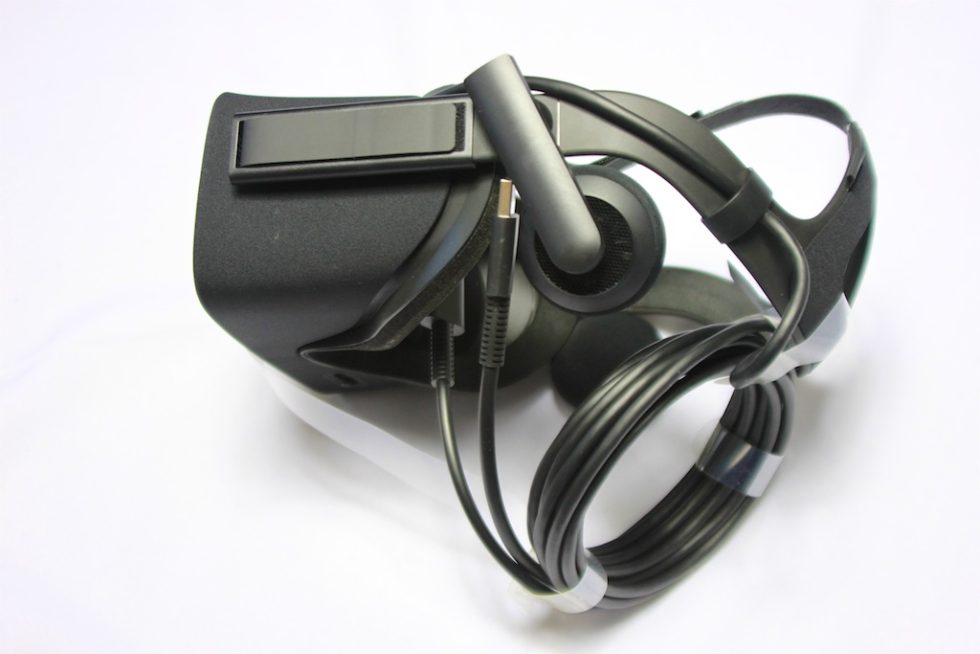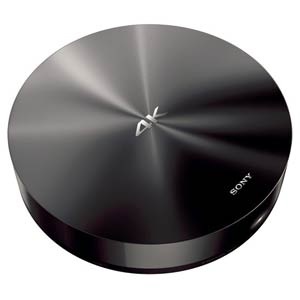
I probably could have made this up if I tried, but you wouldn't believe it if I did. (credit: Trump Effect)
In a US presidential campaign season full of unexpected moments and petty squabbles between candidates and public figures of all stripes, today's interaction between Donald Trump and Electronic Arts still ranks as one of the oddest. This afternoon, the publisher issued a YouTube takedown notice for a video supporting Donald Trump that uses voices and music from 2010's Mass Effect 2, after the candidate himself tweeted the video approvingly to nearly 7.5 million followers earlier in the morning.
The ad, which appears to have been created by an individual fan with no official connection to the Trump campaign, draws directly from Mass Effect 2's launch trailer, overlaying a speech from Martin Sheen's Illusive Man character with videos and photos from modern America. "We're at war," Sheen intones over scenes of generalized and specifically Trump-related chaos. "No one wants to admit it, but humanity is under attack. One very specific man might be the only thing that stands between humanity and the greatest threat of our brief existence."
The Mass Effect content is roughly intercut with images and messages from Trump supporters, as well as lines from Trump's stump speech about making America great again. It ends with the message that "the American people are DONE with career politicians" and an entreaty to "GO OUT & Vote for Trump." Yet there are some signs the video could be an elaborate, trollish joke against Trump, including an image with the non sequitur purported Trump quote, "No more oreos!"








